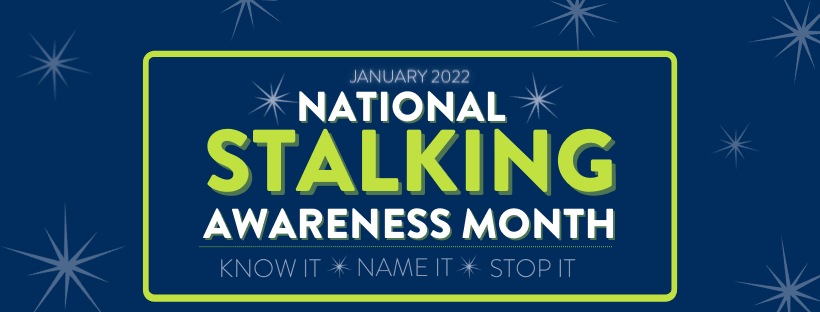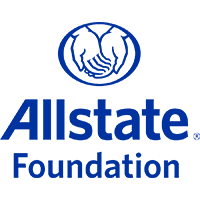
National Stalking Awareness Month (NSAM), which occurs each January, is an annual call to action to recognize and respond to this serious crime.
Stalking is a pattern of behavior directed at a specific person that causes fear involving repeated visual or physical proximity, non-consensual communication, verbal, written or implied threats, or a combination of these acts. Like domestic violence, stalking is a crime of power and control. Many abusers stalk their partners both during and after the relationship has ended. Intimate partner stalkers are the most dangerous stalkers as they are more likely to approach victims and escalate behaviors. In fact, according to The Stalking Prevention, Awareness, and Resource Center (SPARC,) "Stalking is a terrifying and psychologically harmful crime in its own right as well as a predictor of lethality: in 85% of cases where an intimate partner attempted to murder his partner, stalking preceded the attack." [1]
New York State defines the criminal offense of stalking when a person intentionally, for no legitimate purpose, engages in a course of conduct directed at a specific person and knows or reasonably should know that such conduct is likely to cause reasonable fear of material harm to the physical, health, safety or property of such person, a member of such person's immediate family, or a third party with whom such person is acquainted. Stalking can also be charged if an offender harms another person's mental or emotional health by telephoning or initiating communication with them, or threatens their employment, business, or career. An individual convicted of stalking in the fourth degree, the least serious charge of a stalking offense, faces penalties of up to three months imprisonment or one-year probation. In contrast, an individual convicted of stalking in the first degree, the most serious degree, faces two to seven years in prison.
Here are some resources to learn more about stalking and how you can help:
- SPARC: Stalking: Know It. Name It. Stop It. Public Awareness Curriculum – This workshop gives a basic overview of stalking and provides ways for participants to raise awareness and support victims.
- NCADV: Facts about Domestic Violence and Stalking
- SPARC: What to do if you're being stalked? – A compilation of resources for victims of stalking.
Intersections of Stalking & Technology
It is an all too common tactic for abusers and stalkers to exploit available technology as a means to track or control their victims. By misusing various digital applications and platforms to stalk, harass, monitor, and impersonate their victims through calls, texts, social media, tracking applications/ devices, etc.) According to NNEDV's survey of victim service providers, in 2015, "97% of providers reported that the survivors they're working with experienced harassment, monitoring, and threats by abusers through the misuse of technology." [2] NNEDV's survey also found that "abusers harassing survivors via text messaging was reported by 96% of programs, while 86% reported that abusers harass victims through social media." [3]
Technological abuse is a common tactic of abuse. Here are some resources on how to learn more about the intersections of stalking and technology abuse:
- NNEDV: Technology Safety & Privacy: A Toolkit for Survivors – The following resources contains safety tips, information, and privacy strategies for survivors on the use of technology.
- NNEDV: Agency's Use of Technology: Best Practices & Policies Toolkit – The resources contained here are specifically for domestic violence programs, sexual assault crisis centers, and victim service agencies that offer support for survivors.
[1] SPARC. Stalkingawareness.org
[2] National Network to end Domestic Violence (NNEDV). (2015). A Glimpse From the Field: How Abusers Are Misusing Technology, NNEDV. https://www.techsafety.org/blog/2015/2/17/a-glimpse-from-the-field-how-abusers-are-misusing-technology
[3] NNEDV. (2015).


